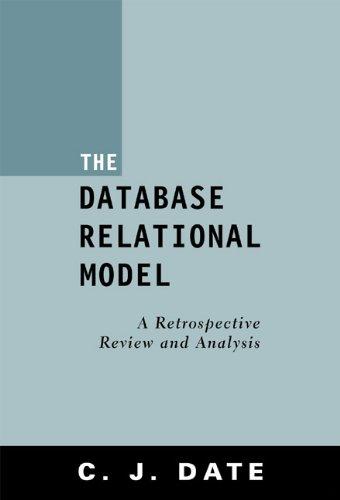Answered step by step
Verified Expert Solution
Question
1 Approved Answer
Haskell Programming - Code Do it in Haskell GHCI Function Definitions; Patterns; Case Expressions 3. (18 points total) The function twice list should return true
Haskell Programming - Code
Do it in Haskell GHCI


Step by Step Solution
There are 3 Steps involved in it
Step: 1

Get Instant Access to Expert-Tailored Solutions
See step-by-step solutions with expert insights and AI powered tools for academic success
Step: 2

Step: 3

Ace Your Homework with AI
Get the answers you need in no time with our AI-driven, step-by-step assistance
Get Started


